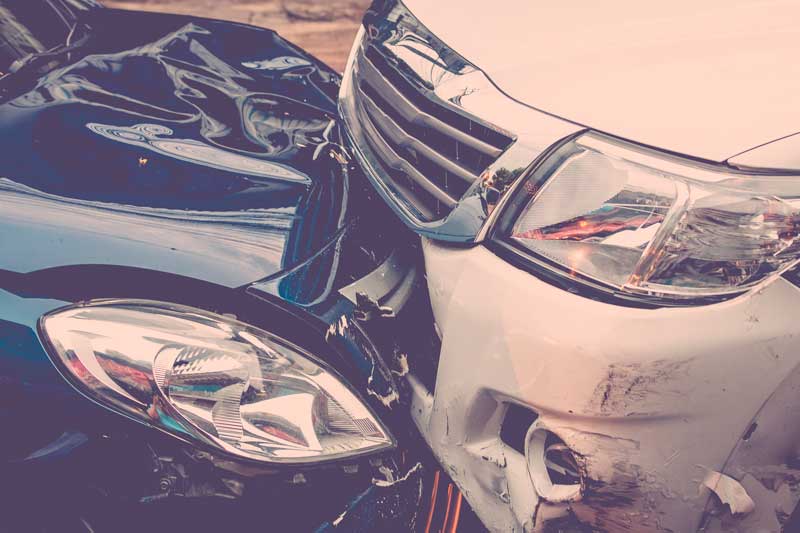We echo the press release of the Civil Area of the Technical Office of the Supreme Court, which comments the Sentence of the Plenary 294/2019, of May 27th. Resource 2999/2016.
Interpretation of the Article 1 of the Civil Liability and Insurance Law in the Circulation of Motor Vehicles (LRCSCVM) for cases of damage to belongings by reciprocal collision without determination of the degree or percentage of fault of each driver.
The Civil Chamber of the Supreme Court, plenary session, has established doctrine on the solution applicable to cases of damage to belongings caused by the reciprocal collision of vehicles without determining the degree of fault of each driver.
To this end, it keeps in mind that the legal regime of civil liability in the field of the motor vehicles circulation is based in its origin on principles of social solidarity with the victims of traffic accidents, rather than on the traditional principles of non-contractual civil liability. This explains why compensation for damages to people is only excluded due to the exclusive fault of the victim or force majeure extraneous to the driving or operation of the vehicle, which amounts to a responsibility without fault of the driver. In such cases, if there is no proof of the degree of fault of each driver, judgment 536/2012, of September 10th, plenary session, established jurisprudence in the sense that the solution of proportional compensation is appropriate only when the concrete percentage or degree of causal incidence of each of the vehicles involved can be accredited; otherwise, both drivers respond to the total of the personal injuries caused to the occupants of the other vehicle in accordance with the doctrine called cross compensation.
The new sentence of the plenary session completes this jurisprudential doctrine for the cases of damage to belongings, in which the regime of civil liability is not based on this principle of social solidarity, but in the guilt or negligence of the driver causing the damage, with the reversal of the load of proof that results from the LRCSCVM and the general principle of risk liability that presides over that standard.
When none of the drivers is able to prove their lack of fault or negligence in the damage cause to the other vehicle, three possible solutions would be in principle: (i) that each driver indemnifies in full the damages of the other vehicle; (ii) that the faults are neutralized and then none must compensate the damages of the other vehicle; and (iii) each one assumes compensation for the damages of the other vehicle by 50%.
The courtroom considers that the third solution is the most consistent with the effectiveness of coverage of damage to belongings by compulsory insurance of motor vehicles, because any of the other two solutions could completely deprive of compensation, unjustifiably, the owner of the vehicle whose driver would not have been the cause of the collision but failed to prove his fault, or could result in full compensation to the owner of the vehicle whose driver was the cause of the collision but not existing test about it.
If you have had a collision in which the assumption is contemplated in the article and the responsibility of each driver is not clearly determined, we can advise you by contacting our office at 958 63 19 38 or by sending us an email to info@fcabogados.com explaining your case. We will answer you at no cost as soon as possible.

